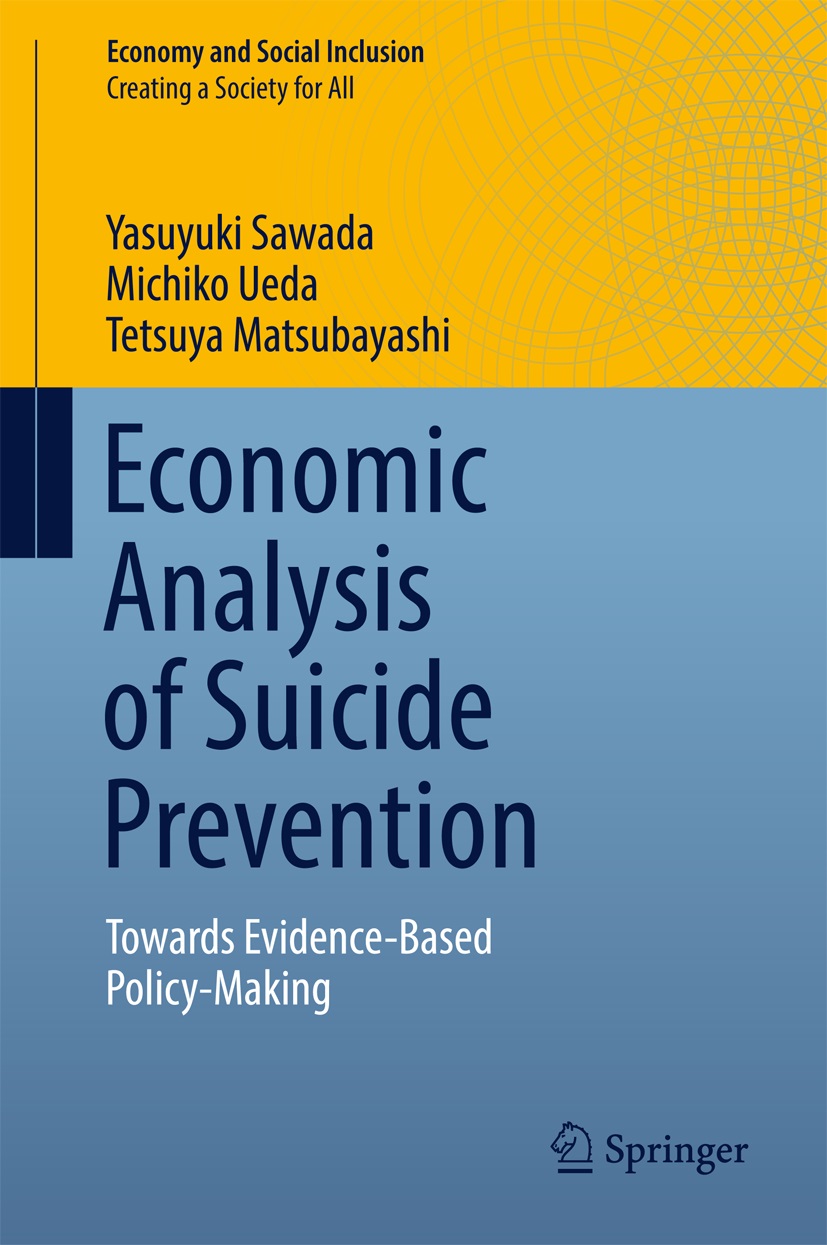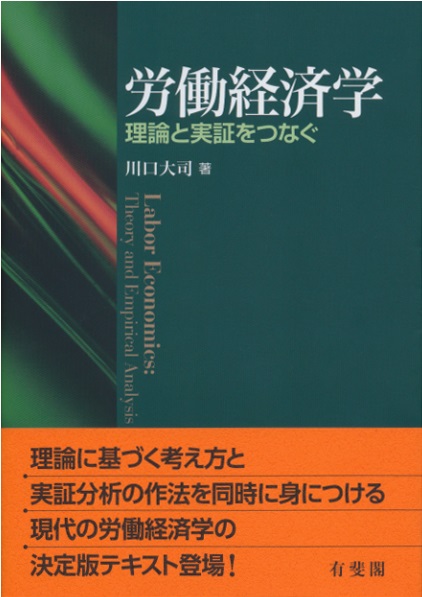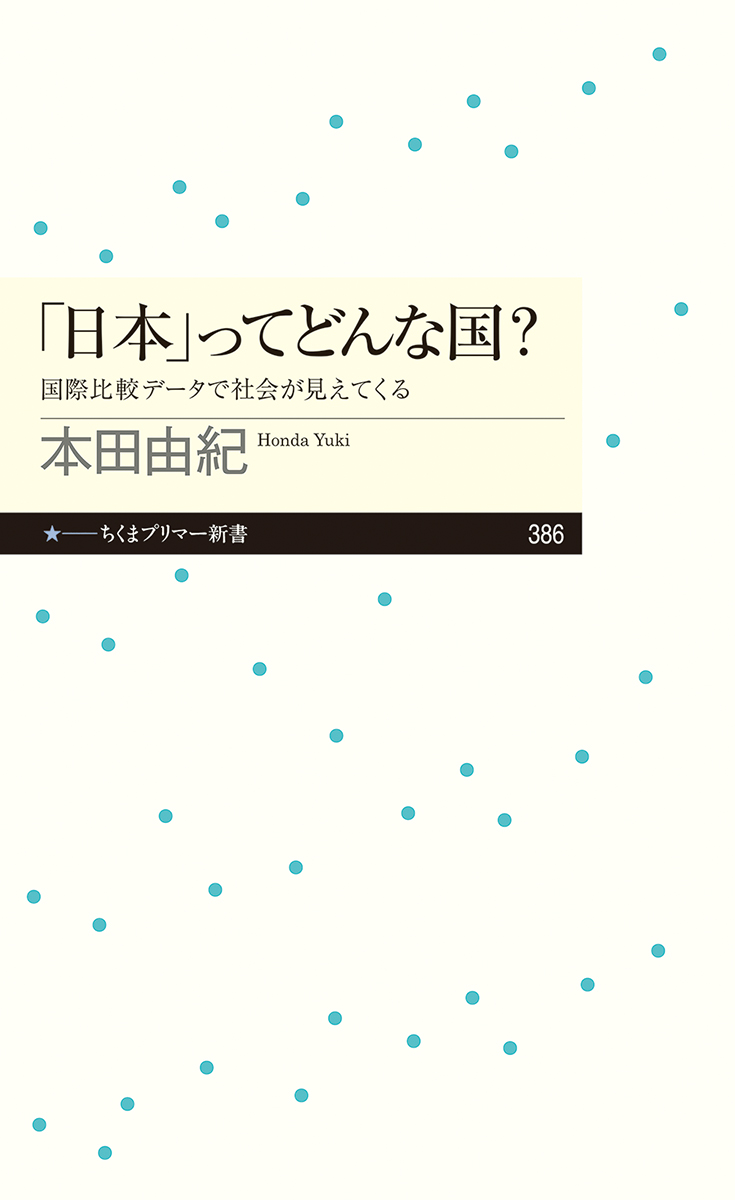
Title
Economy and Social Inclusion Economic Analysis of Suicide Prevention Towards Evidence-Based Policy-Making
Size
203 pages, hardcover
Language
English
Released
2017
ISBN
978-981-10-1499-4
Published by
Springer Singapore
Book Info
See Book Availability at Library
Japanese Page
Suicide is one of the most serious and vexing issues faced in all modern societies. According to the World Health Organization, approximately 3,000 people commit suicide every day--about every 30 seconds, one suicide-related death is reported. Moreover, in the last forty-five years, suicide rate has increased by sixty percent worldwide. In Japan, from 1998 to 2011, more than 30,000 people lost their lives by suicide every year. This means that more than 80 individuals died by suicide per day on average during this period. Japan’s suicide rate, defined as the number of suicide deaths per 100,000 people, reached 27.0 in 2003, which was the highest among the OECD nations with a similar level of economic development. Although the suicide rate in Japan had declined to 18.9 by 2015, it remains relatively high compared with that of other OECD countries.
This book examines the causes and consequences of suicide from the perspective of economics. The approach here differs from those in medical, psychiatric, epidemiological, and sociological studies of suicide and is thus novel in a way that highlights the importance of economic and institutional settings in the problem of suicide.
We would like to emphasize the importance of studying suicides by employing a “rational” approach. If people are willing to recognize that some suicides are rational, studies would be conducted to ascertain the different incentives behind suicides. By this way, we believe that suicide prevention can gather sufficient resources as the seriousness of the current situation warrants, and thereby effective measures of suicide prevention can be developed and implemented.
We argue that suicide imposes a tremendous economic cost on contemporary society in a variety of ways, requiring the government to develop an effective prevention strategy. An empirical analysis using data from Japan and other developed countries shows that natural disasters and economic crises increase suicide rates, while liberal government policies favorable to the poor can decrease them. Further, the types of effective prevention strategies in the context of railway/subway suicides, celebrity suicides, public awareness campaigns, and education using data primarily from Japan are revealed. This book ultimately contributes to an understanding of suicides and the development of evidence-based policy proposals.
In sum, this book examines the causes and consequences of suicide from the perspective of economics, highlighting the importance of economic and institutional settings in the problem of suicide. It also identifies empirically the types of effective strategies for suicide prevention in the context of railway/subway suicides, celebrity suicides, public awareness campaigns, and education.
The findings of our studies have been published as articles in international and Japanese academic journals and as a book. The book was titled “Jisatsu no nai shakaihe” and published by Yuhikaku Publishing. It received the Nikkei Prize for Excellent Books in Economic Science (Nikkei Keizai Tosho Bunka Award) in 2013. This volume combines the findings of our published works into a single volume in the hope of contributing to an understanding of suicide from a social science perspective. It also contains some of the unpublished recent findings and updated results of our previous studies. Although the evidence presented in this book comes primarily from Japan, we believe that our conclusion offers important implications for other countries as well. Our ultimate goal is to achieve society in which nobody is forced to die by suicide. We sincerely hope that the collection of studies included in this volume helps readers in Japan and other countries achieve this goal.
(Written by SAWADA Yasuyuki, Professor, Graduate School of Economics / 2019)
Table of Contents
2 Rationale Behind Suicide Prevention Policies
3 Socioeconomic Causes of Suicide
4 Natural Disasters and Suicide
5 Suicide Among Adolescents and Young Individuals
6 Railway Suicide in Japan
7 Government Partisanship and Suicide
8 Economic and Welfare Policies and Suicide
9 The Effect of Government Suicide Prevention Programs
Related Info
Jisatsu no nai shakaihe (Yuhikaku Publishing, 2013)
http://www.yuhikaku.co.jp/books/detail/9784641173910
56th Nikkei Prize for Economics Books (Nikkei Keizai Tosho Bunka Award, 2013)
https://www.jcer.or.jp/bunka/56bunka.html



 Find a book
Find a book





